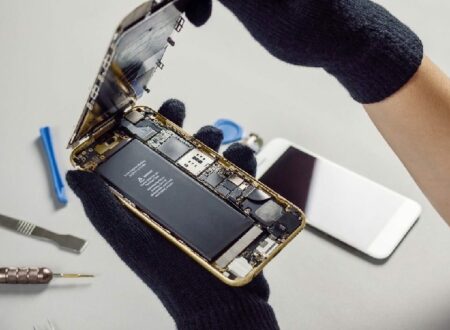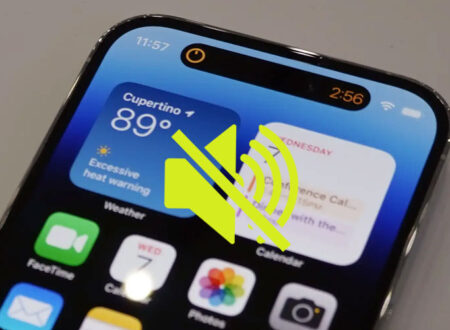In today’s digital age, smartphones have become integral to our lives. We rely on them for entertainment, communication, and staying connected. One of the essential accessories for any smartphone is the charger. However, have you ever wondered if your charger could be harming your iPhone? It’s a valid concern, as using the wrong charger or a low-quality one can damage your device. In this article, we will explore whether your charger is hurting your iPhone and what steps you can take to rectify the situation.
First and foremost, it is important to understand that not all chargers are created equal. Apple, the company behind the iPhone, provides chargers designed to work seamlessly with their devices. These chargers undergo rigorous testing to ensure compatibility and safety. Using a genuine Apple charger is the best way to safeguard your iPhone from potential harm.
One common issue with non-Apple chargers is that they may need to deliver the correct amount of power required by your iPhone. Apple devices are designed to charge at a specific voltage and amperage, and using a charger that doesn’t meet these specifications can lead to slow charging or even damage to your device’s battery. To check if your charger is providing the right power, you can follow these steps:
Examine the charger:
Look for any visible signs of damage, such as frayed wires or a bent connector. If you notice any physical defects, replacing the charger immediately is best.
Check the wattage: Apple chargers are typically rated at 5 watts (for iPhones) or 18 watts (for iPads). You can find the wattage information printed on the charger itself. If you’re using a charger with a significantly higher or lower wattage, switching to a charger that matches your device’s recommended wattage is advisable.
Measure the charging speed:
Connect your iPhone to the charger and start a timer. After 15 minutes, check the battery percentage. If it has increased by around 15% or more, it indicates that your charger provides a reasonable charging speed. However, if the battery percentage has barely risen, it suggests that the charger may not deliver sufficient power.
Invest in a genuine Apple charger:
While non-Apple chargers may be cheaper, they often lack the necessary safety features and may not provide the correct power output. Purchasing a genuine Apple charger may be a bit more expensive, but protecting your iPhone is a worthwhile investment.
Consider wireless charging:
Another alternative is to use wireless charging pads or stands. Apple’s iPhones are compatible with Qi wireless charging, and using a certified wireless charger ensures that your device receives the appropriate power and eliminates the risk of using a faulty cable or adapter.
Handle your charger with care:
Even with a genuine Apple charger, it’s essential to handle it properly. Avoid forcefully bending or pulling the cable, as it can weaken the wires over time. Additionally, be cautious when plugging and unplugging the charger to prevent damage to your iPhone’s connector or charging port.
Avoid using cheap or low-quality chargers:
While it can be tempting to purchase inexpensive chargers from unknown brands or generic options, these chargers often compromise quality and safety standards. They may not have the necessary insulation or surge protection, increasing the likelihood of electrical issues. Opting for reputable brands and well-reviewed chargers can minimize the risk of damage to your iPhone.
Check for certification:
Consider industry certifications, such as UL (Underwriters Laboratories) or CE (Conformité Européene), when purchasing a charger. These certifications indicate that the charger has undergone rigorous testing and meets safety standards. Chargers without any certificate should be approached with caution.
Regularly inspect your charger:
Over time, chargers can wear out or become damaged. It’s essential to inspect your charger periodically for any signs of wear and tear. Replace your charger if you notice exposed wires, loose connections, or other visible damage.
In a Nutshell
The charger you use for your iPhone plays a significant role in maintaining its health and performance. An incompatible or low-quality charger can harm your device’s battery and overall functionality. You can protect your iPhone from unnecessary damage by investing in genuine Apple chargers, wireless charging options, or certified third-party repair services accessories and adopting safe charging practices. Remember, your iPhone is an investment, and taking care of it starts with choosing the suitable charger.





